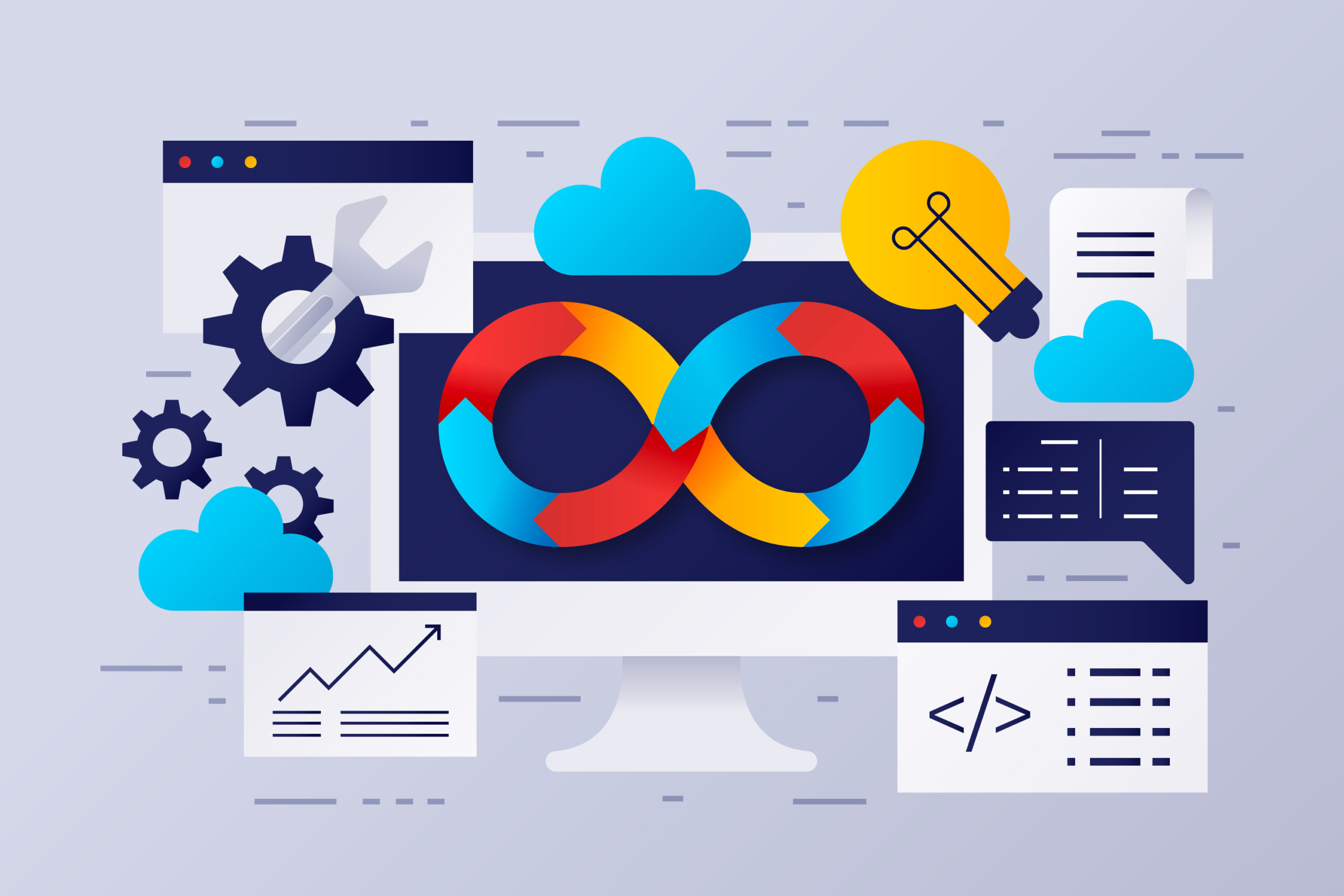Django vs Laravel vs Node.js: Which One Should You Opt For in 2024?
Taking a business online via a website or web app has become highly important. With this, the demand for choosing the best framework for your web project has increased significantly. Out of various frameworks, this blog provides a detailed comparison between Django, Laravel, andNode.js, helping you choose the best framework for your next project. Learn more from Edure.
Laravel vs Django vs Node.js: Analyzing the Difference
1. What is a Web Framework?
A web framework is a software framework specifically designed to accelerate the process of webdevelopment. Simply put, a web framework helps in the creation, development, and publishingof both simple and complex web apps and websites.In the last 15 years, numerous back-end frameworks have been introduced in the market. Amongthem, the three most trending and discussed frameworks in the developer community areLaravel, Django, and Node.js. Each plays a vital role in web development, aiming to buildattractive and user-friendly web applications. These frameworks have gained substantial supportfrom various developer communities worldwide. Therefore, choosing the right framework fromLaravel, Django, and Node.js can be overwhelming.To resolve this, here is an in-depth and unbiased comparison of Laravel, Django, and Node.js.
Django web Development with Python
Laravel vs Django vs Node.js: Understanding the Frameworks
What is Django?
Django is a high-level web framework based on Python, introduced in 2005. It follows theModel-View-Template (MVT) architecture pattern. Django is an excellent option for complexprojects, and many successful startups, including Mozilla and Instagram, have used it.
Django web Development with Python
Pros of Django:
Highly-structured approach: Django promotes clean and pragmatic design.
Security: It provides robust security measures, preventing common security breaches.
Community Support: Django has a strong community of developers worldwide.
Scalability: Django is highly scalable and can handle high traffic.
Principles: Adheres to DRY (Don’t Repeat Yourself) andKISS (Keep It Short &Simple) principles.
Django web Development with Python
Cons of Django:
Real-time Web Applications: Django doesn’t support real-time web applications well.
ORM-based: It relies heavily on its Object-Relational Mapping (ORM) system.
Learning Curve: Requires hands-onexperience to leverage the full framework.
Why Do Developers Choose Django?
Enhanced Ecosystem: Rich ecosystem of libraries and tools.
Detailed Documentation: Comprehensive and easy-to-follow documentation.
API Development: Excellent for building APIs.
Open-Source: Free to use and modify.
Ease of Learning: Python-based, making it accessible for developers familiar withPython.
What is Laravel?
Laravel is an open-source full-stack PHP framework released several years after Django. It isloaded with features,making it suitable for building a wide range of web applications, fromsmall projects to large enterprise solutions.
Pros of Laravel:
Blade Templating Engine: Allows for simple yet effective layouts.
Security: Offers advanced security features.
Artisan CLI: Provides command-line tools for various tasks.
Dynamic Features: Suitable for both small and large projects.
MVC Framework: Promotes a clear separation of concerns.
Cons of Laravel:
Support: Inherent support is minimal, often requiring third-partytools.
Community: Smaller community compared to some other frameworks.
Development Phase: Still evolving, with some tools like Composer not being as matureas npm (Node.js), RubyGems, or pip (Python).
Why Do Developers Choose Laravel?
Open-Source: Free touse and contribute to.
Community: Growing community of developers.
Documentation: Extensive and detailed documentation.
Unit Testing: Built-in support for testing.
Artisan: Command-line tool for various tasks.
Blade Template Engine: Powerful templatingengine.
Security: High level of security for web applications.
What is Node.js?
Node.js is not just a framework but also a server. It is an open-source JavaScript runtimeenvironment that is essential for developing cross-platform applications. Node.js isevent-drivenand uses asynchronous APIs.
Pros of Node.js:
Single-threaded: Operates on a single thread, yet handles multiple clients efficiently.
JavaScript-based: Low learning curve for those familiar with JavaScript.
Client and Server-side: Singlecodebase for both client and server.
Community Support: Active and large community on platforms like GitHub.
Adaptability: Flexible and minimal dependencies.
Cons of Node.js:
Asynchronous Programming: Can be difficult for some developers to grasp.
LibrarySupport: Lacks a robust standard library, often relying on third-party modules.
Relational Databases: Can be challenging to work with relational databases.
Why Do Developers Choose Node.js?
Cross-platform Development: Supports building cross-platform apps.
NPM: Node Package Manager provides numerous modules.
Command-line Utilities: Excellent for building CLI tools.
Community: Large and active community.
Reusability: High code reusability.
Comparing Parameters: Node.js vs Django vs Laravel
Framework Base
Laravel: Follows the MVC (Model-View-Controller) pattern and is based on PHP. Itsimplifies the development of web applications by handling common tasks likeauthentication and routing.
Django: Uses the MVT (Model-View-Template) pattern and is based on Python. Itencourages efficient coding practices.
Node.js: Based on Chrome’s V8 JavaScript engine, it uses event-driven and non-blocking I/O architecture. It’s primarily used for building web/app servers and IoTapplications.
Popularity
Node.js, Django, and Laravel have varying degrees of popularity. In the last five years, Node.jshas gained significant traction due to its performance and scalability.
Learning Curve
Laravel: High learning curve but supported by tools like Laracasts and detaileddocumentation.
Django: Easier for developers familiar with Python, known for its developer-friendlyapproach.
Node.js: Easier for JavaScript developers, though asynchronous programming can bechallenging.
Scalability and Performance
Laravel: Scalability can be complex,and performance may lag compared to the othertwo frameworks.
Django: Offers excellent scalability and is suitable for cross-platform applications.
Node.js: Top-notch scalability due to non-blocking, asynchronous programming.
Clean Architecture
Laravel: MVC pattern with a focus on clear and realistic syntax.
Django: MVT pattern, ensuring systematic data storage and handling.
Node.js: Event-driven architecture, relying on user choices and messages.
Security
Laravel: High security with hashed password storageand protection against commonvulnerabilities.
Django: Strong security practices, including protection against scripting attacks.
Node.js: Secure but can have vulnerabilities that need addressing.
Conclusion
Choosing between Laravel, Django, and Node.jsdepends on your project requirements andfuture goals. Each framework has its strengths and weaknesses, and the right choice will dependon the specific needs of your project. By understanding the differences, you can make aninformed decision to hire theright developers and ensure the best outcomes for your webapplication. Know more with Edure Learning.

